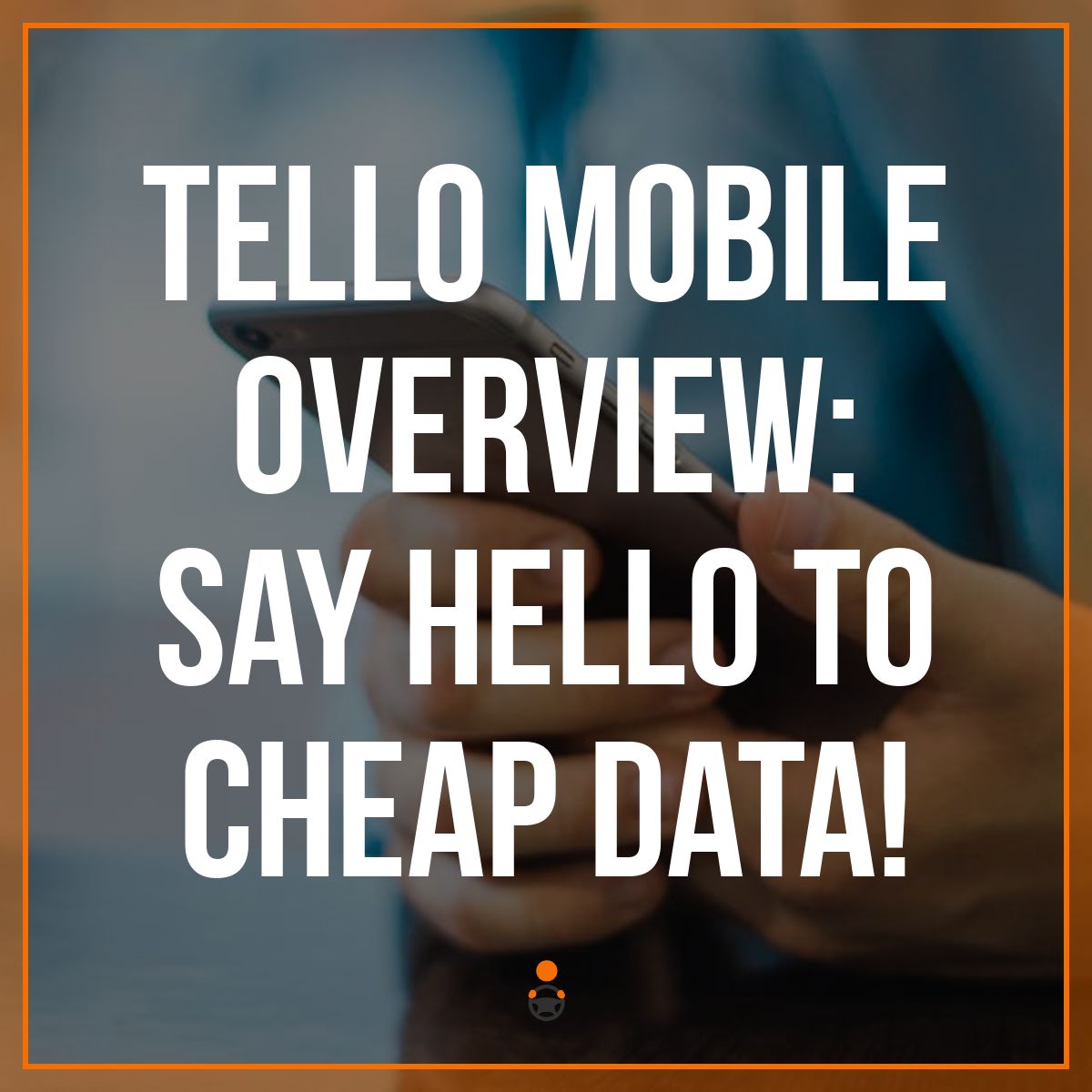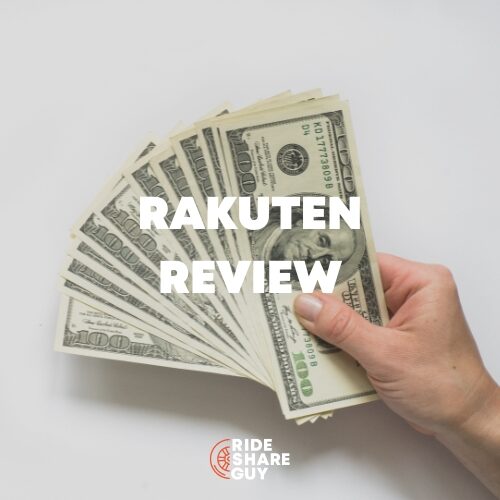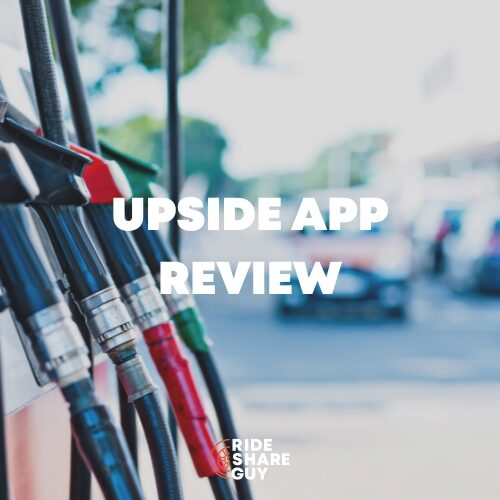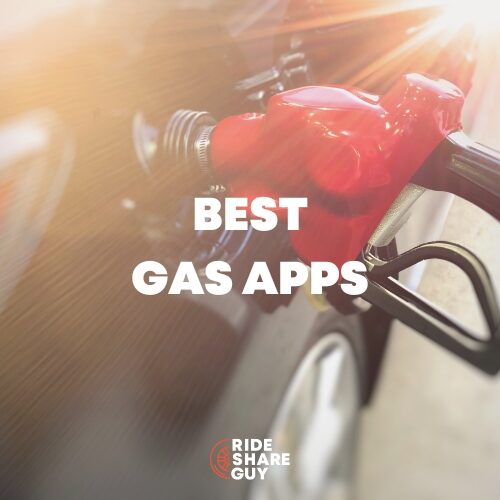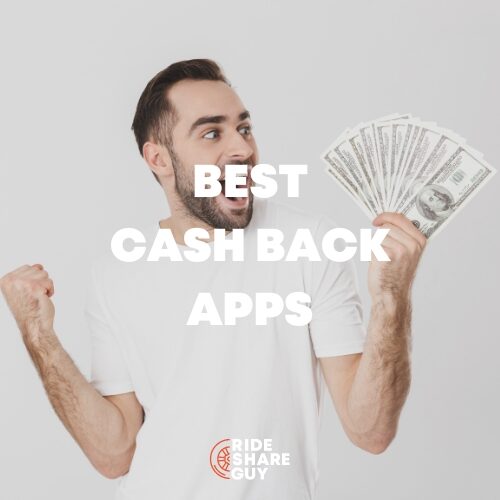This is a sponsored overview of Tello Mobile but as always, all opinions are our own and we only review products and services that we use ourselves.
You can sign up using our link.
Say Hello To Cheap Data
Not every job in the gig economy requires a car, but every gig economy job does require a phone with a data plan. Preferably, a phone with a solid data plan.
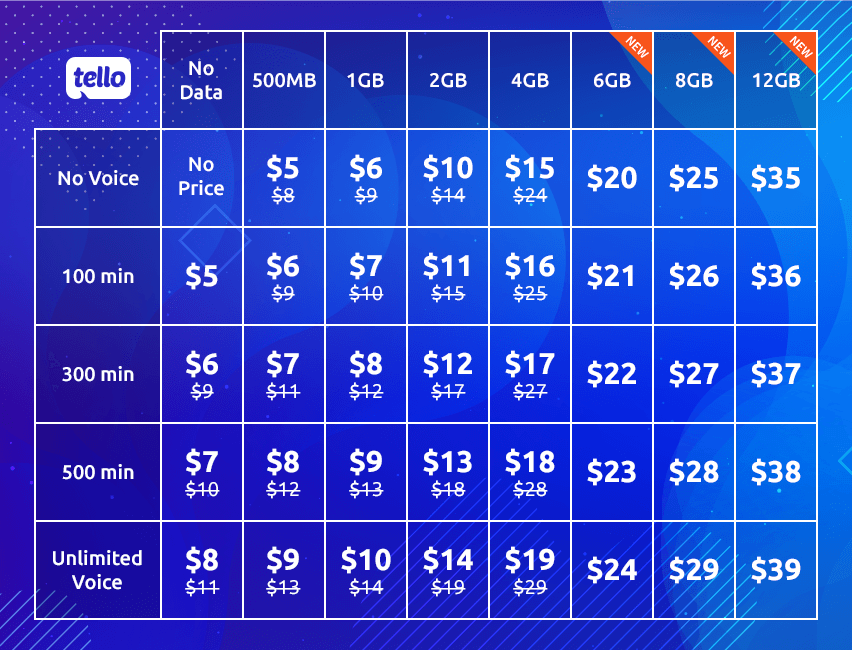
All of the above plans include unlimited talk and text.
Tello is a Mobile Virtual Network Operator (MVNO) that uses the Sprint network to offer low-cost phone plans with no contract. I used Tello for a few weeks in December and January to see if it was reliable enough for doing rides on Uber and delivery with Caviar. Would this MVNO have good enough data quality to depend on them? Let’s find out!
But First, What’s An MVNO?
If you’ve heard of Boost Mobile, Metro PCS, or Cricket Wireless, then you’ve already seen an example of a Mobile Virtual Network Operator (MVNO).
MVNO’s like Tello work by bulk purchasing cell and data plans from a Mobile Network Operator like Sprint, Verizon, T-Mobile, or AT&T. They then resell them to their subscribers. The big 4 get to sell some of their network capacity in bulk, saving them on all of the costs in acquiring new subscribers. Since the MVNO’s buy in bulk, they get this network capacity and data on the cheap and pass those the savings onto their customers.
MVNO’s tend to be simple, low cost, and boring, which is a good thing. They’re almost always cheaper than a plan from a Big 4 carrier and they allow you to operate with fewer fees, no contract, and generally less… BS. Tello didn’t disappoint.
The phone Tello sent me was clean and didn’t even have their own app on it, let alone a bunch of redundant bloatware and pointless apps I will never use (looking at you Verizon). I bought a phone. It showed up in the mail. I downloaded their app. Entered the phone’s unique MEID number. The phone works.
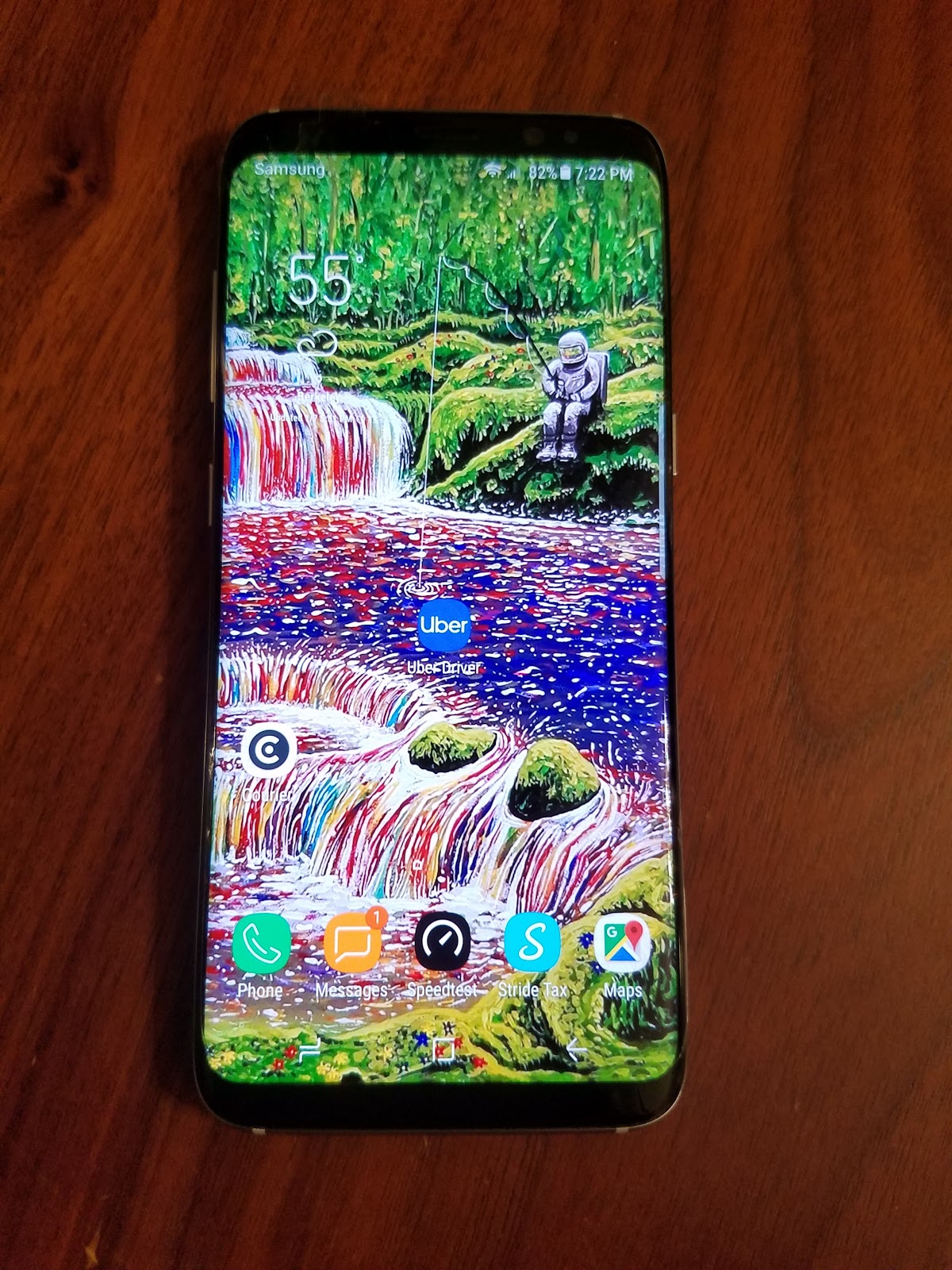
Mobile Data On Tello: 4G LTE Via Sprint’s Network
Rideshare drivers seeking to save on their cell phone plan need to keep one important thing in mind:
No data = No requests = No $$$
You can’t get requests if you have no data, and this means this post focuses mostly on data. For what it’s worth, the phone made phone calls and sent texts just too.
In an earlier post on RSG, Jonathan Knope estimated that a driver would use around 4.1GB of data after running Uber, Lyft, and Google Maps together for 40 hours a week over the course of 4 weeks. That’s just for those three apps though. Uber says that the majority of drivers should expect to use less than 3GB of data per month.
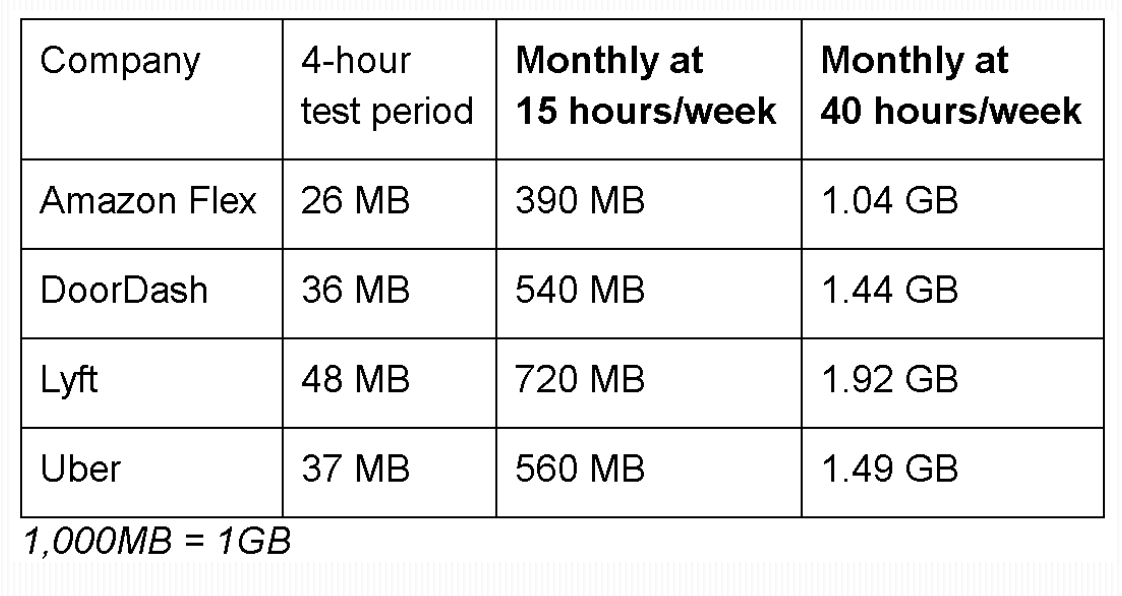

Source: How Much Data Will A Rideshare Driver Use?
Tello’s biggest data plan currently offers 12GB of data for $39 a month, plus unlimited text and talk. That’s a very strong deal and a lot of data.
Personally, 12GB easily falls in line with my data usage when I drove full time. However, you can easily go over that 12GB per month if you like to stream music, watch YouTube, download large video files, or open the Facebook app. One drawback to Tello is they have no open streaming deals with Spotify or Netflix. So make sure to download your playlists using wifi at home if you want to conserve data.
Custom Plans
Tello also allows users to build their own plan based on their usage. Many drivers, especially those who do this only on the weekends, can probably get away with the following plan that gives you 4GB, free text, and 100 minutes of talk for $16:
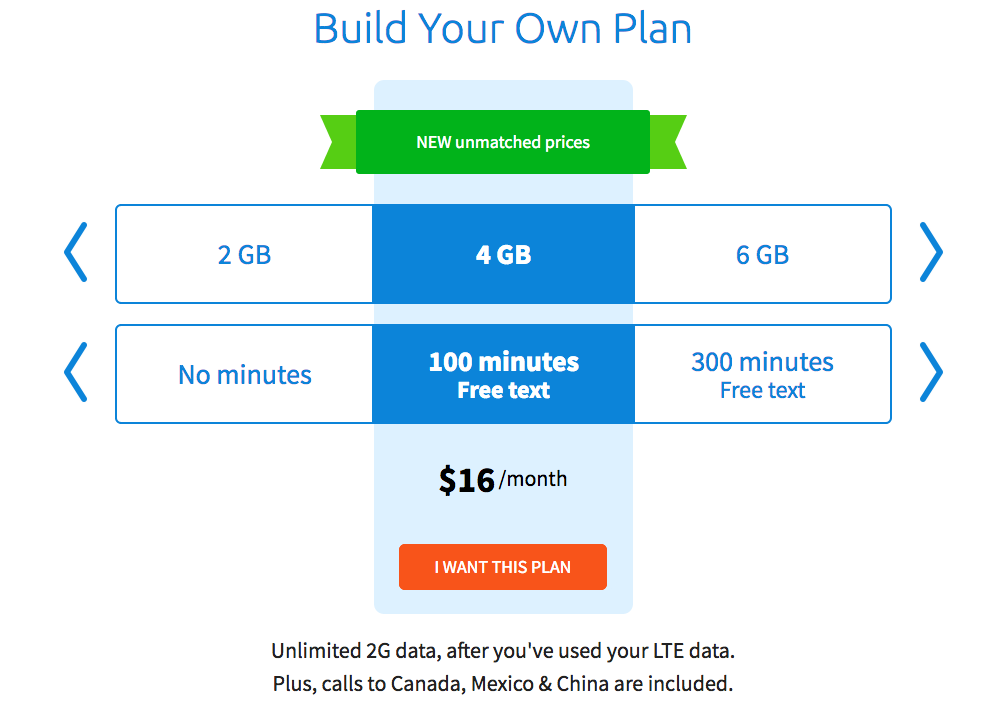
We’ve written before about the usefulness of using two phones for Uber. Here’s how a second phone can be useful:
- Easily manage multiple rideshare apps at once
- Two separate driver accounts from the same car (if you do delivery with a friend)
- Monitor surge, primetime, and traffic from a tablet without having to touch your phone while driving
- Check where other cars are by using the passenger apps on the second phone/device.
- Helps separate business use from personal use of your phone.
Tello allows you to create a wifi hotspot and tether a second device (or more) if you prefer to do so at no extra cost. Go ahead and erect a monument of tablets on your car dashboard.
Tello’s Data Reliability and Speed
All of the data in the world isn’t worth much if you have to wait 11 seconds for a page to load. Tello performed well for rideshare work by giving me download speeds of up to 52.1 mbps and upload speeds as high as 3.9 mbps. Tello averaged 42.87 mbps download and 1.76 mbps upload when testing with the Speedtest app:
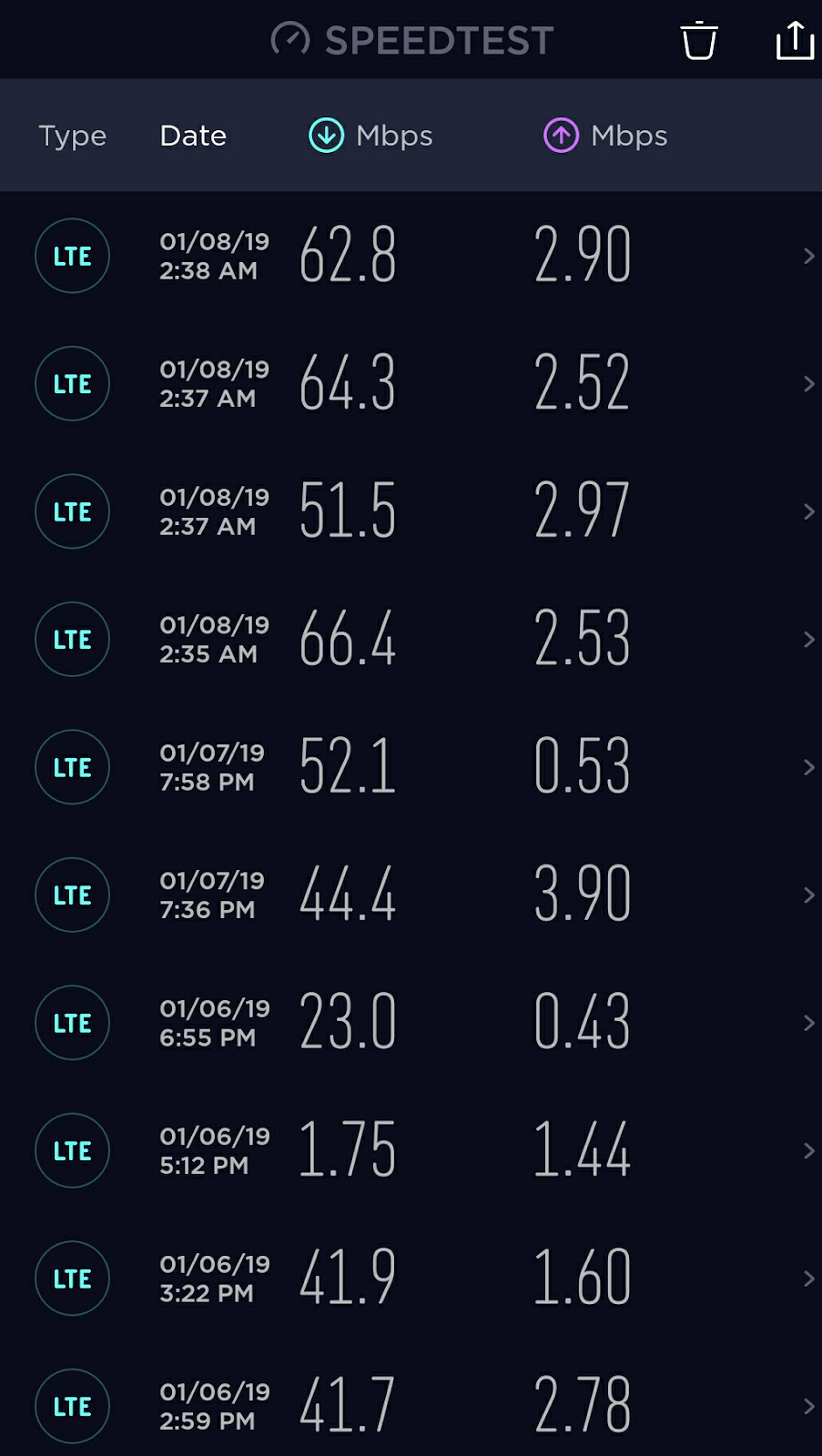
I didn’t run into much trouble while doing deliveries throughout the Oakland hills. I lost data for a few minutes when I delivered a pizza to a mansion nestled in the back of a valley in Piedmont, but that’s really the only trouble I had, which is about as reliable as my T-Mobile usage.
Upload speeds were noticeably slower though. Most of the time, I was only able to eke out an upload speed less than 2mbps. Driving doesn’t involve much uploading, so it didn’t really make a difference. However, if you send lots of video chats you will probably notice it’s a little slower.
I recommend checking how good Sprint’s data coverage is in your area before signing up for Tello.
Tello’s 4G LTE Coverage Map
Since Tello uses Sprint as their carrier, their coverage area is based on Sprint’s coverage. This means Tello phones will perform about as well as a Sprint phones when it comes to coverage (although Sprint will perform better when roaming and have less ping overall).
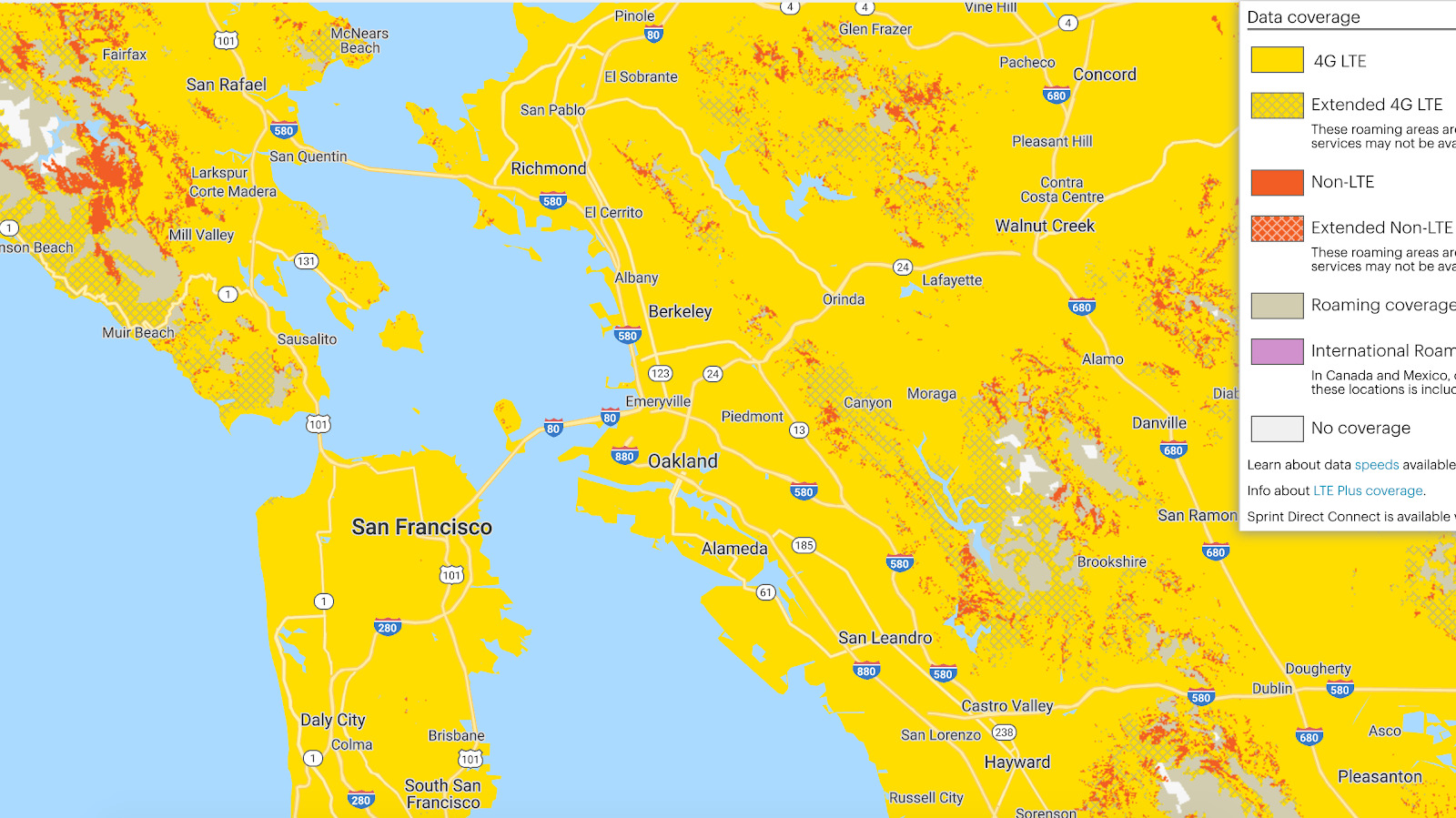
Tello went out of their way to tell me they really encourage potential customers to check how well their area is covered by Sprint as they do not want people to signup and get frustrated due to lack of coverage. This earned Tello some points in my book.
- Check If Tello Covers Your Area
- Check Sprint’s 4G LTE Coverage Map
If you go over the data limit on your Tello plan, you can purchase more data. However, this seems to be capped at 12Gigs. After that, the speed is throttled to 64 kbps on a 2G network.
This means “no data” as far as a rideshare driver is concerned.
That being said, if for whatever reason you run out of data before your billing period is up, you can “renew” your plan early. So if you use that 12GB of data by the 15th day you basically “renew” the plan and get 12GB more (or less, you can renew for 2 or 4 additional GB for less), both upgrades and downgrades to your plan being free of charge.
Note: Changing plans up or down will affect the promo though so stick with one plan once you choose it until the promo ends. Ready to sign up with Tello and get that promo? Click here.
Tello also has a prepaid pay-as-you-go option, but their data rates are much higher at $0.02 per MB (1000MB = 1GB = $20 per GB = $160 more expensive).
What Type of Tello Phones Can You Use?
One possible compromise of using an MVNO like Tello is that you don’t get subsidized phone pricing like you do with a major carrier (subsidized phones usually require signing a contract though). That means you will have to buy an unlocked phone at market prices or bring your own CDMA phone.
Purchasing A Phone From Tello
Tello sells some phones on their site for reasonable prices. I got a Galaxy S8 Edge refurbished that normally runs $499 + tax for testing purposes, but you can also get a very basic refurbished Motorola Moto E4 for $79 + tax (or a $25 dumb phone). The Galaxy S8 Edge I ordered came with ZERO bloatware from Tello/Sprint and took about 3 minutes to activate.
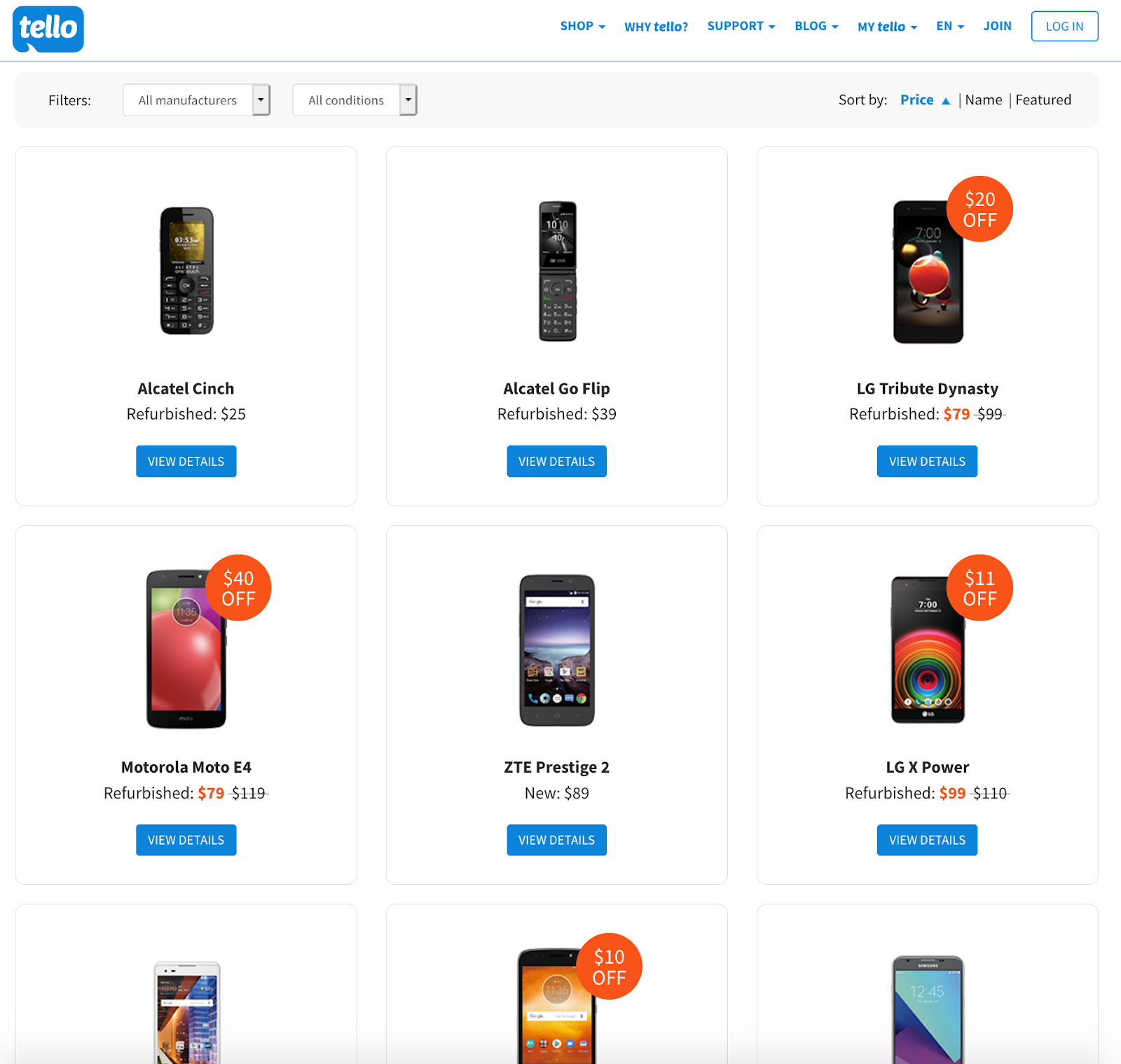
That being said, Tello’s phone page is spartan. It only has around 20 models of phones for sale.
My Recommendation: Purchase Your Own Tello-Phone
You can bring any unlocked CDMA or Sprint phone over to Tello. Personally, this is the route I would choose since it would allow me to choose the best phone and give me far, far more options.
- Check If A Phone Is Eligible: Here
- Here’s an Amazon Search for CDMA Phones: Sprint Phones
- You may need to purchase a CDMA SIM for $10. Tello’s site will tello you if you need to.
Getting Setup With Tello
- Set up an online account on Tello.com.
- Bring your own compatible phone or buy one from Tello, build your own plan and check out.
- Download My Tello App.
- Login.
- Enter your phone’s unique MEID number
- Get going!
If you purchase your own phone or would like to port an existing number over to Tello, they can do that, but you’ll have to call their support team. Here’s what you need to port-in to Tello.
Is Tello A Good Option For Rideshare Drivers?
I think Tello is a good option for many drivers who want to save money on their existing data plan or have a separate phone dedicated to their side hustle. Sprint 4G isn’t the biggest, fastest, strongest data network, but I would say it’s at least 80% as good as Verizon, AT&T, and T-Mobile at around 40% of the normal price. 12GB should be enough to run the Uber/Lyft/Google Maps + a mileage tracker.
But, if you like to sit in your car and watch YouTube videos, it’s probably best to pony up for a more expensive, non-throttleable, unlimited plan. I would recommend something lighter on your eyes though.
Personally, as a (now) part-time driver, I see a lot of value in spending $20 for a separate phone and data plan that is ONLY for my side gig stuff. Especially for the convenience of having a public-facing number for communications with my passengers, which will make it easier to turn off driver mode in my head when I get home.
Readers, what do you think of Tello and/or using a second phone for driving?
-Christian @ RSG
